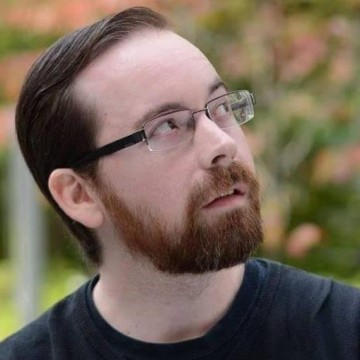Creeptober Night 9: Suspiria (1977)
“Suzy, so you know anything about witches?”
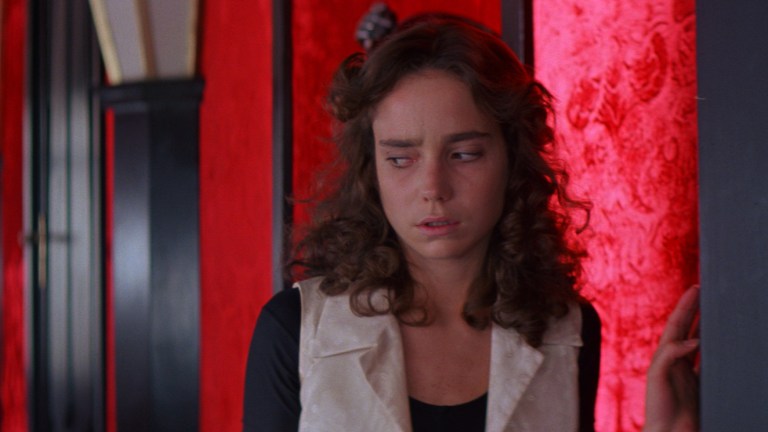
Table of Contents
Yesterday I spoke about how important visuals are to creating an impact. Few movies exemplify this idea better than today’s Creeptober pick, Suspiria. The story is simple, almost like a fairy tale. But it’s the striking visuals (and the memorable soundtrack) that have made Suspiria one of Dario Argento’s most celebrated films.
Reacting to Suspiria
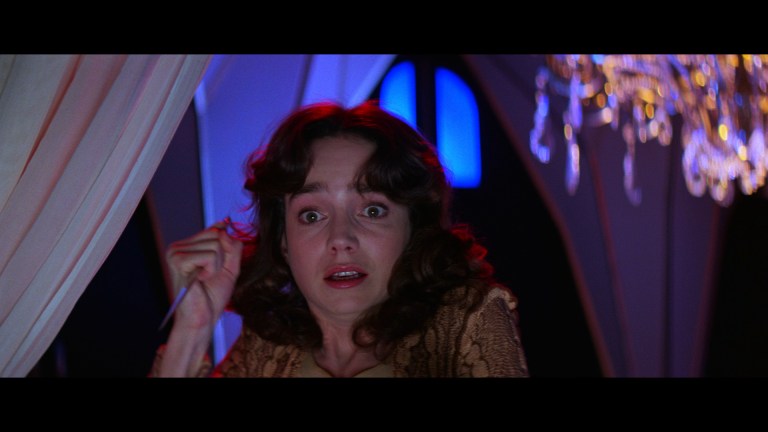
Let me just start by saying that I don’t think the writing in Suspiria is bad. I think it’s simple and effective, which is good. However, I do think there is some weird logic at play in certain scenes. Like when Sara just watches as someone slowly and clumsily tries to undo a lock with a straight razor. But that weird logic actually helps give the movie a dream-like quality which fits perfectly. Heightening the dreamy atmosphere is the visual splendor of Suspiria.

Entire sequences are bathed in red, blue, and green lights. This usage of color in high-contrast lighting isn’t necessarily unique to Dario Argento’s films, but he uses it to masterful effects in Suspiria. There is nothing subtle about the film’s elaborately lit set pieces, and in a modern age where lighting tends towards the realistic, movies like this are a special treat.

It’s not just the expert use of lighting that creates such remarkable visual interest. Every location in Suspiria is packed with interesting architecture and/or intricate backgrounds. Even the rare mundane scenes of exposition are interesting because of everything there is to absorb visually. One example is the scene where Suzy and Olga are talking to each other in Olga’s apartment. There’s not a lot going on here besides a bit of simple exposition. But by the time you take in everything about the room’s black-and-white wallpaper, the scene is already over.
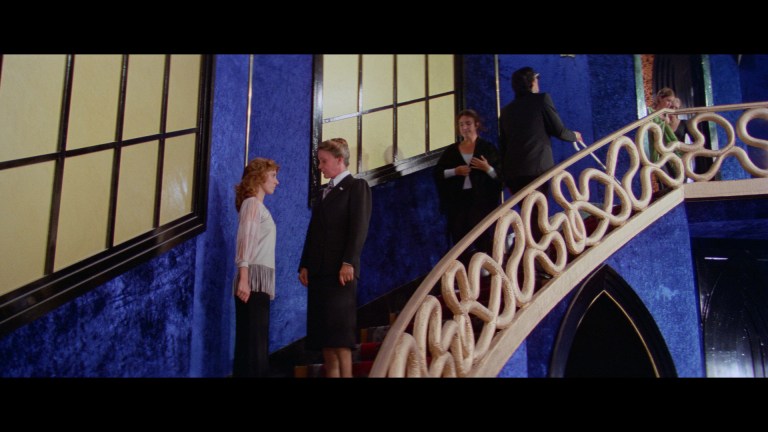
The architecture, too, is part of the appeal. From the striking blue entrance to the school, to its long red hallways, to the stained glass of the rehearsal room, and even to the elaborate mural on the wall of Madame Blanc’s office. It’s all so big and bold. It can be overwhelming for the viewer, and it’s a perfect way to illustrate the oppressive nature of the school when the doe-eyed Suzy Bannion is placed within its confines.

Also, of course, the power of Suspiria comes from Dario Argento’s talent at creating elaborate scenes of violence. The opening sequence, for example, is one for the ages. In the commentary track on the Blu-ray, it’s explained that the opening of the movie was meant to evoke the grand feeling of a finale. That’s why the music is pumping, the rain falls in torrents, and there’s even a chase sequence. It leads up to the most memorable scene in the film when Pat’s body drops through the stained glass ceiling. It’s a sequence that’s arguably even more exciting than the ending of the film, though Suzy’s escape in another rainstorm is a brilliant bookend to a brilliant movie.
Suspiria Trivia
This trivia all comes from the commentary tracks on the Synapse Films Blu-ray release of Suspiria. Argento experts Derek Botelho, David Del Valle, and Troy Howarth are on the two tracks.
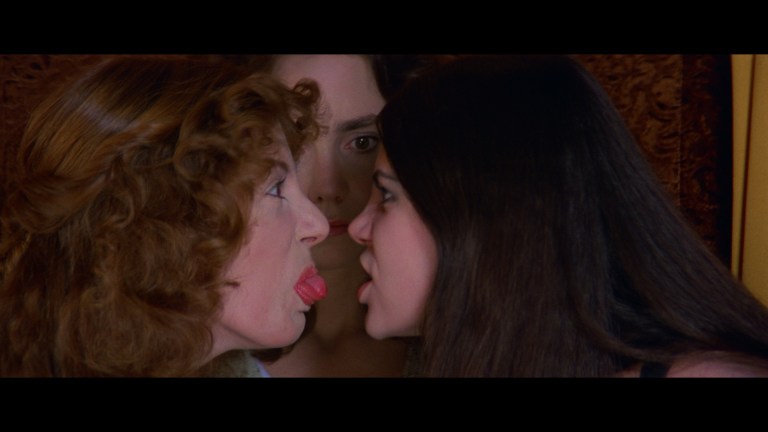
One of the first things mentioned in both commentary tracks is that Dario Argento originally wanted the students in the dance school to be younger, from about 11 to 15 years old (the age ranges differ across the two commentary tracks). The distributors wouldn’t allow that, so older actresses were cast. Parts of the script seem to retain the spirit of the younger girls, such as Olga talking about girls with “S” names and Sara sticking out her tongue.
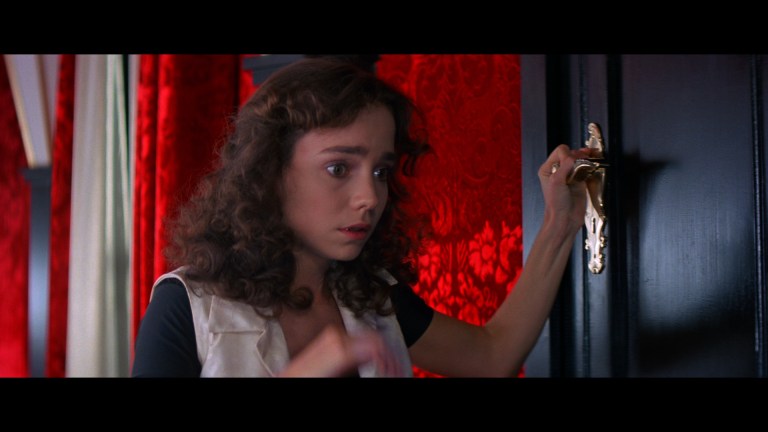
Argento still seemed to want to give the impression of childlike innocence. One way he did this visually was to make some of the doorknobs in the dorm hallway unusually high. At least one is at eye level with Suzy, which makes her look quite short (and thematically young) when she stands near it. It also contributes to the overall oppressive atmosphere and fairy-tale-like quality.
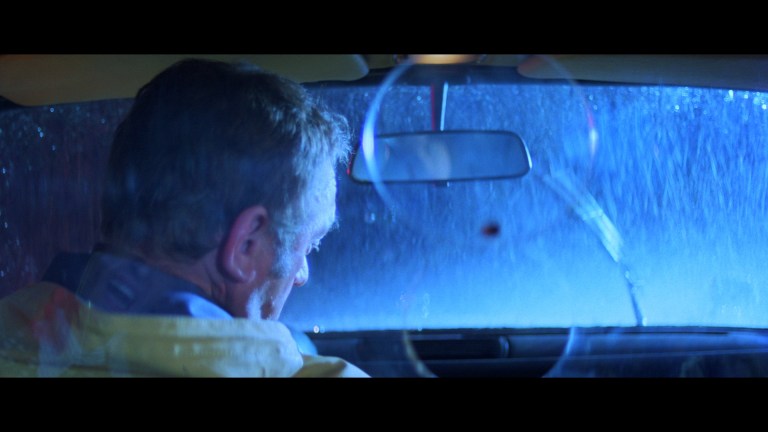
You might not have noticed, but Argento makes a few cameos in the film. Most obviously, he does the narration at the beginning of the film in the Italian-language version. You can also see him on screen a few times. The first and easiest to catch is in a reflection during a flash of lightning when Suzy is riding in the cab at the beginning of the movie (see the image above).
Many people claim that Argento’s hands and arms are used as the unseen killer throughout the movie, but this has never been confirmed to my knowledge. The fact that neither commentary track mentions this makes me think it’s not true.
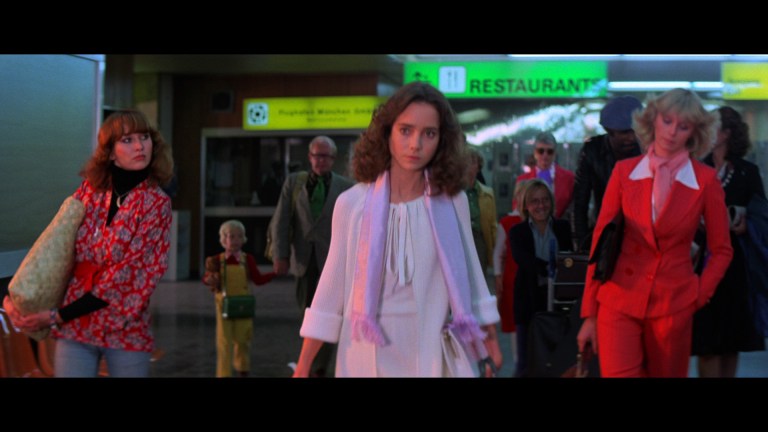
Many people think the woman walking beside Suzy in the airport at the beginning of the movie is Daria Nicolodi. According to Derek Botelho on the Blu-ray’s commentary track, that is not her. Botelho says that Asia Argento herself confirmed that the woman in the airport is not her mother. Unfortunately I couldn’t find the name of the actress who is in the movie.
Speaking of Daria Nicolodi, most people probably know by now that she co-wrote Suspiria despite not receiving credit for her contributions.
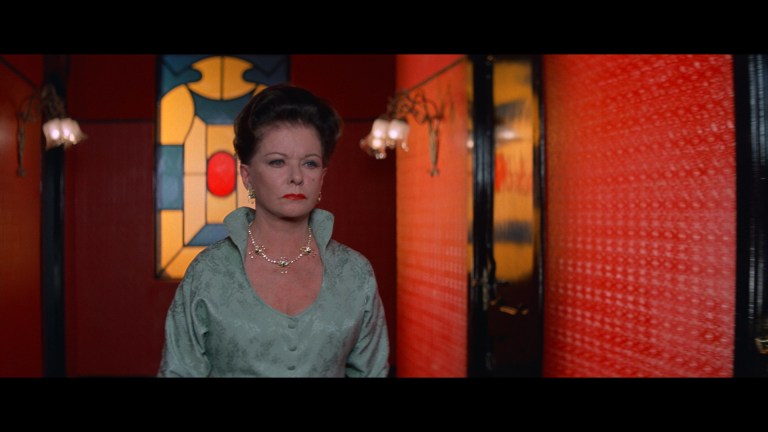
Argento cast Joan Bennett as Madame Blanc largely because of her work with Austrian director Fritz Lang. Bennett appeared in multiple movies directed by Lang, including Scarlet Street (1945) and The Woman in the Window (1944). Fritz Lang was one of the directors who Argento admired the most. The other was Alfred Hitchcock.

Dario Argento wanted to film the opening scene of the movie during a real rainstorm, but nature wouldn’t cooperate. He had to do it the old-fashioned way, with wind machines and fire hoses.
